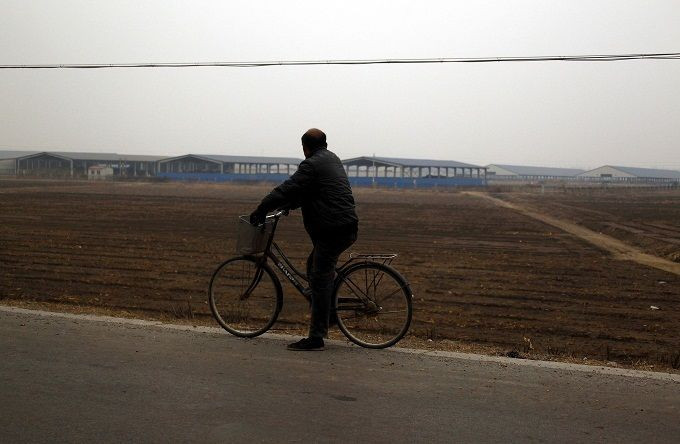Melbourne becomes Australia's ride-to-work capital as more people are cycling to work

Riding a bike may be a hobby or a form of exercise to some, but for over 100,000 people in Australia, biking to work is a trend following an 8.8 percent jump in the number of people riding to their workplaces between 2011 and 2016. Figures confirmed that the band of commuter cyclists in Down Under is growing.
The growth is according to the latest census by consultancy firm SGS Economics and Planning. Wealthy members of the society are up for the trend. SGS Economics and Planning’s Armando Mazzei, who undertook the analysis, said that cycling to get to the workplace is an increasingly elite pursuit. "It seems like riding is the new golf," the Sydney Morning Herald reports him as saying.
The typical person who rides a bike as a means to travel is a male, white collar worker. He usually lives four to eight kilometres away from the central business district. Additionally, it was shown that the typical bike commuter earns significantly more than the average.
Riding a bike to work is most popular in Melbourne, which made it become Australia's ride-to-work capital. In 2006, it had up to 29,000 commuter cyclists. That is around 27 percent of the national total.
Among the suburbs that have seen a big share of bike commuters are Carlton North, Fitzroy North and Brunswick East. More people are also riding their bikes to work in Sydney, where around 16,300 employees rode to work last year. That figure is comparable with 14,800 from five years earlier.
The largest number of commuter cyclists was in Randwick in the city's east. Newtown, Marrickville, Redfern and Waterloo followed.
In Brisbane, more employees are riding to work, too. Commuter cycling there rose by nearly a fifth between 2011 and 2016. Traffic congestion was said to have contributed to the increase in the number of people riding their bikes to their workplaces.
Mazzei noted that those who cycle to their workplaces tend to be within an eight-kilometre radius of the central business district. Most privileged people occupy that land.
White collar workers are far more likely to cycle to work compared to blue collar workers, the report shows. "Relative to blue collar workers, white collar workers generally also have a reduced need for a vehicle as a part of their work, for example to carry tools or equipment, or to travel long distances or to varying locations," it said.




















